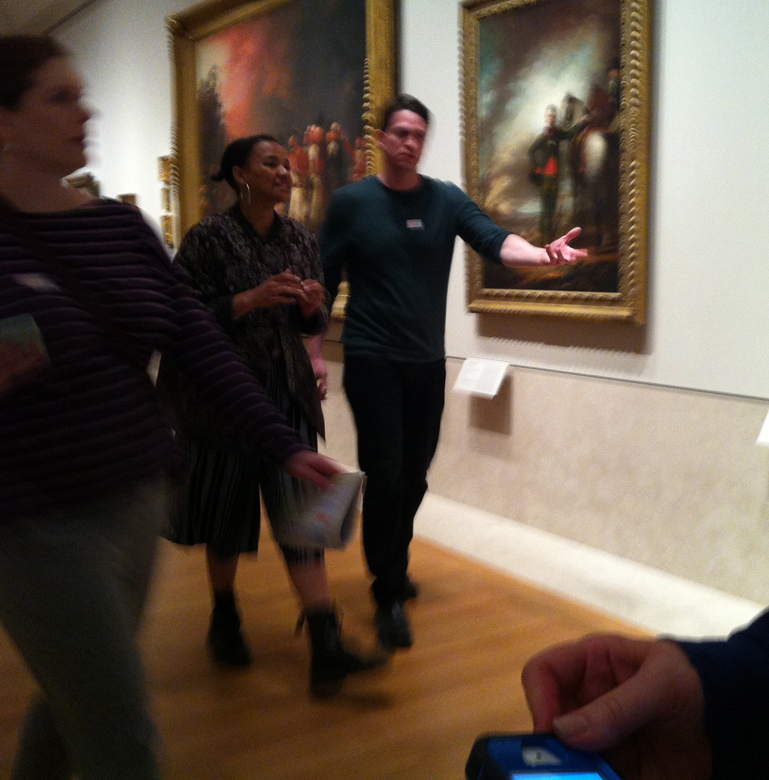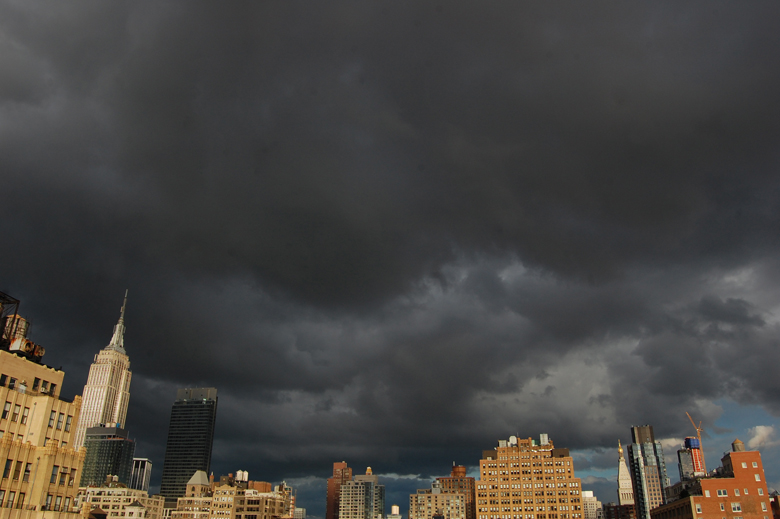CXXXVIII
Westward the course of empire takes its way.
Westward, ho!
Who you callin’ ho’?
If there can be festivities, stands to reason there must also be infestivities. Not to mention manifestinfestivities. Destined or otherwise.
It took a lot of egg-breaking to make this Western Omelets
Blocked history month.
No, year. No, decade. No, epoch.
Brackish History Mo –
Backbroken History M –
Which plays well with Narcissus tourism.
Not to mention Narcotourism, Necrotourism…
Let the music do the dancing
Let the work do the work
Only two classes, really: the working class, and the not-working class
It’s easy to tell who’s what
I was a warm, yellow micturition for the FBI
Selfistication
I am a staunch anti-dualist!
Huh?!
A great painter of land (e)scapes
Viability
Via
Dao-ability
What becomes rooted in sensible actualizations melts [in itself] the spiritual.
A line from Zong Bing (6th century), trans. By François Jullien.
Wealth and hellness
A virtual object made from words
Free Gumby!
Fuck Gumby – free Pokey!
Free Yogi!
Fuck Yogi – free Boo-boo!
Fuck Yogi and Boo-boo – free the Ranger…
Orlando Numinoso
Es un tiburón que nunca duerme…
I want to wake up in a city that’s learned to sleep
Is the heart well-housed?
All paper and no wall
Form follows intention
The thin young woman coming toward you on the sidewalk wears a black teeshirt with sparkly letters across the chest. Scanning, it reads as Lord Voldemort, but in the next instant, as if by magic, the words transmute to Louis Vuitton.
Lord, in a bourgeois town
It’s a bourgeois town
I got the bourgeois blues
Gonna spread the news all around
Sang Huddie William Ledbetter oncet
I’m in a ba gua state of mind
Adverse possession
At first, possession
All rights derive from and constellate around property rights. Or, put another way, all other rights are rendered de facto unrealizable given the primacy of property rights.
In the absence of, or, if one prefers, the melting of property rights, other “rights” potentiate into actual, non-abstract social practice, and, at the same time become indistinct from – because integral to – social life itself.
Open and notorious
Flagrant and odoriferous
Coniferous, yet somehow deciduous
Fleeting, yet eternal
Voluminous, yet numinous
Sí, es un hecho, pero no es la verdad
Ah Bartleby, ah Property
Theory and cactus
Where is long-distance located?
The Greeks therefore teach us this above all: when, looking at a statue, we judge it to be ‘beautiful,’ we mean that, considering its sensible form, it does not for all that belong to the sensible realm. Its form detaches it from the dispersion of the sensible and circumscribing and containing it, by means of the chisel or the line, the form reveals in it the submission of the sensible to the idea, which itself is delimitation and ‘definition’ (horismos) in which the idea is effectively ‘form.’ The statue is beautiful in proportion to this submission or, rather, it is only truly beautiful if nothing more within it can harm the injunction and delimitation of the form-idea. [François Jullien, This Strange Idea of the Beautiful, Michael Richardson and Krzysztof Fijalkowski, trans., Seagull Books, 2010. p. 77]
Don’t touch!
Earlier, on pp. 75-76, Jullien had asked: What, on the whole, opposes the form-idea of the Greeks (eidos) to form as actualization of energy (xing), as it is conceived in China? Above all, the former exists entirely and independently of the matter which receives it. Equally, instead of occurring as a temporary formation, it exists, as one, eternal and true. All the attributes of metaphysics are adapted to it. Equally, since beauty is entirely on the side of such ‘form,’ the form in reply will express what is isolatable about beauty and characteristically belongs to it. Whether it is a question of a Greek choice, or of what I call a fold, largely going beyond scholarly debates, which henceforth appear secondary, can be verified from the fact that the Greeks never emerged from it.
[”Energy,” as used above is somewhat misleading since it seems that Jullien means qi – which to my mind is best left untranslated. The eminent Chinese scholar Joseph Needham felt that “matter-energy” came closest to expressing the nature of qi. (E.D.)]
In what Western space, other than in the literary form known as “fiction,” do the sensible and intelligible weave together – with a patterned interpolation of knots – so integrally as to actualize the inseparable nature of things?
Is a novel an Oriental carpet of human potentiations?
Disorientalism and its malcontents
Breaking news: HOMER WAS JEWISH
¿Y Maimonides? Digame prima.
All the trappings of…
…being trapped
Then again, Magdalen
The apotheosis of the commodity is preconditioned by the invention of the Beautiful. Thus the commodity rushes into the gap between spirit and matter, ideal and material form, and tries – heroically and with nearly divine energy – to suture it.
Jesus, O first commodity
Gone global
Gone viral
Gone-gone
O fetish
O love-brand
O signs by which we knowing
Breaking news, discovered by a Galilean shepherd boy in yet another cave: My Inner Life, by Jesus, a memoir
Into the valley of ___ rushed the ten thousand apps
The pump don’t work ‘cause…
Oh God, O Manon-Mammon
A bifurcation built 4 2
Neither a @ nor a hashtag be
By his quirks and quiddities we’ll know him
Lick those quiddities
Two mammaries walk into a bra…
Dyslexia, mon amour, and its incontents
Symplegma: a twining together. In this case a satyr attacking a hermaphrodite – in marble, nearly life-size, and in pretty good shape considering they’ve been around for over two thousand years.
She-He thrusts It away by main force: each figure greatly torqued and-or extended, shearing apart save for the entanglement of their limbs, even as their bodies travel violently in opposite directions. No metamorphosis here. No one turning into a river, a bird, a tree.
This coupling-sundering – like a kind of grotesquely distorted Tai Chi – appears stunningly “life-like.” Breasts, cock and balls, horns, fur, tail and hooves seem ready to spring into Galatea-like flesh and bone. In anatomy and gesture, their illusionism cannot be extricated from their impossibility as “natural” extants.
This, you think – too stunned to even compose a photo – is the West tout court.
Nowadays these frozen creatures live in a European museum, though they were carved by an anonymous Hellenistic sculptor and later graced someone’s estate, most likely in Italy. And you found the image so unsettling, so in another zone from art, or even aesthetics, it didn’t even occur to you to read the exhibition card. But then, a trip back seems called for – that’s what MetroCards are for.
And yes, Pergamon, its ruins – near the modern Turkish city of Bergama – discovered in 1866 by a German railway engineer working for the Ottoman sultan. The railway man noted that the local inhabitants were in the habit of burning fragments of marble sculpture to make lime, and he a request home for some educated diggers to come down pronto. The sultan was fine with that, “Sure, dig away,” and when the railway man said, “Mein Gott, we’ve discovered an artistic epoch!,” The sultan replied, “That’s nice – just take what you want…” Or words to that effect. Hence the museum in Berlin devoted to that which did not become lime. That time. [Metropolitan Museum of Art. Pergamon and the Hellenic Kingdoms of the Ancient World.]
A loaf of bread. A jug, or naught.


